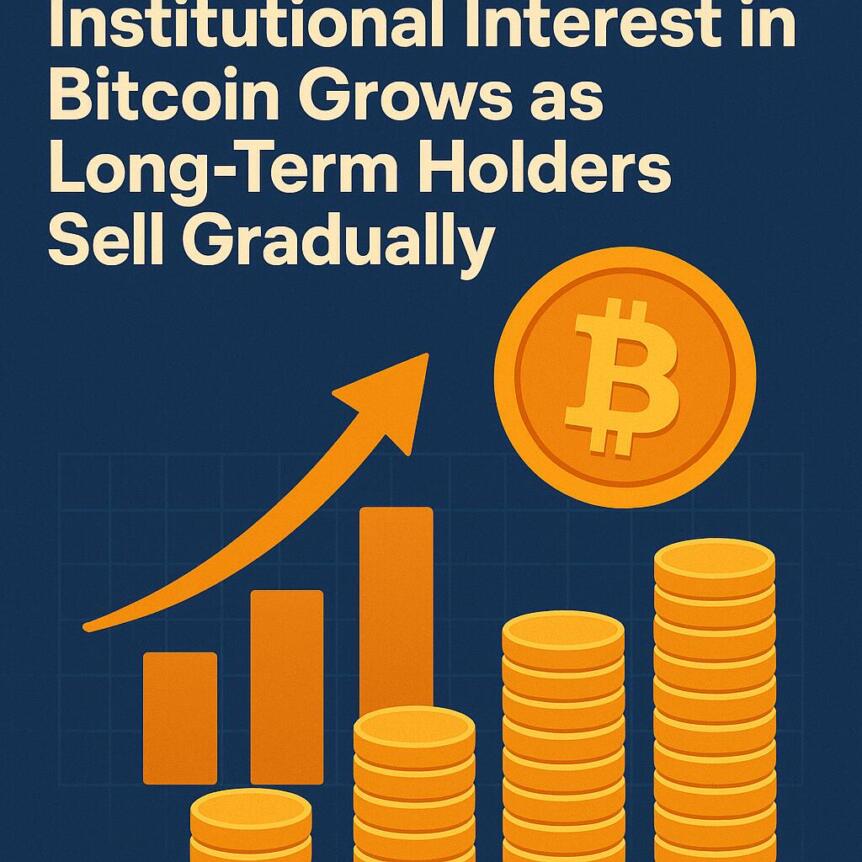Chainlink’s Next Major Move Comes After This Range, Analyst Says
An analyst has pointed out how Chainlink could see its next major move after it breaks past the range of this technical analysis (TA) pattern.
Chainlink Has Been Trading Inside A Triangle Recently
In a new post on X, analyst Ali Martinez has shared about a pattern forming in the 1-week price of Chainlink. The pattern is a Triangle from TA, which is a type of consolidation channel that appears whenever an asset’s price trades between two converging trendlines.
Like other consolidation patterns in TA, the upper level of a Triangle is a source of resistance, while the lower one that of support. Also, a break out of either of these boundaries can signal a continuation of trend in that direction.
There are a few different types of triangles, based on the orientation of the trendlines with respect to the graph axes. The “Ascending Triangle” forms when the upper line is parallel to the time-axis. As the price moves through this pattern, its range shrinks in an upward manner. Similarly, the price moving down as it goes deeper into the triangle results in a “Descending Triangle.”
When the range shrinks in a manner where there is no bias attached to any particular side, the Triangle formed is called a “Symmetrical Triangle.” The two trendlines approach each other at a roughly equal and opposite angle in this case.
In the case of the current Chainlink Triangle, none of these cases fit exactly, as the trendlines are uneven. As the chart shared by Martinez shows, LINK’s Triangle lies somewhere between the Symmetrical and Ascending types.

As displayed in the above graph, the 1-week price of Chainlink bounced down from the resistance level of this Triangle earlier in the year and has since been approaching a retest of the support line.
“The range between $13 and $26 is a no-trade zone for Chainlink $LINK,” noted the analyst. $13 and $26 here naturally correspond to the levels where the lower and upper levels are roughly located right now.
“The next major move will come once price breaks out of this range,” explained Martinez. Generally, Triangle breakouts become more likely to occur the closer the price gets to the end of the pattern.
This is because the asset’s range narrows as it approaches the Triangle’s apex. The tight consolidation makes retests more probable to occur, and so, the chances of one of the levels not holding up also rise.
It now remains to be seen when Chainlink will finally break out of its consolidation channel, and whether a big move would follow.
LINK Price
At the time of writing, Chainlink is trading around $15, down almost 4% over the last 24 hours.
You May Also Like

Aave CEO Breaks Silence on Game-changing Upgrade in Q4: Details

Institutional Interest in Bitcoin Grows as Long-Term Holders Sell Gradually
